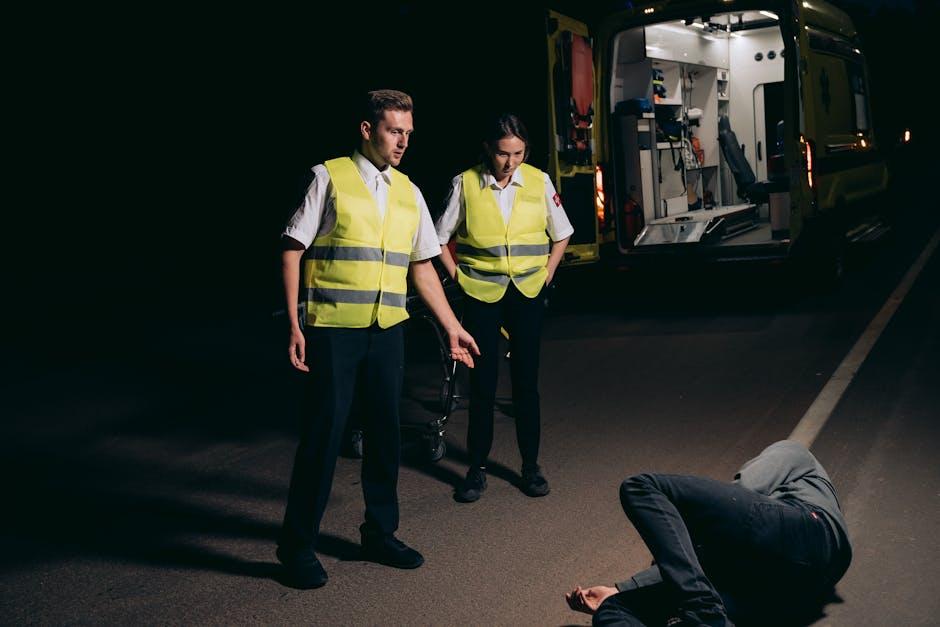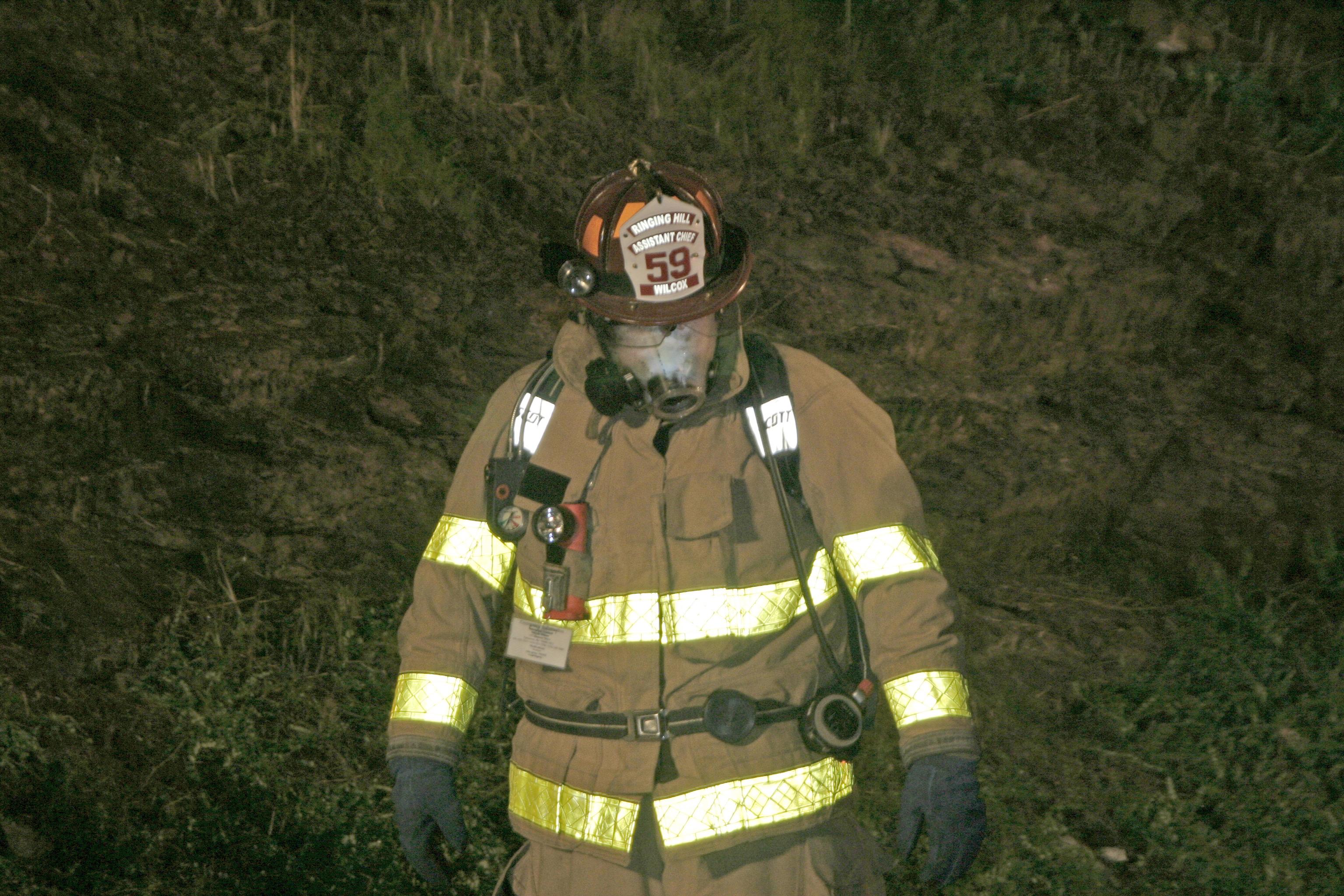Navigating the aftermath of a hit-and-run accident can be both stressful and overwhelming. As a victim, understanding how to effectively file a car insurance claim is crucial to ensure that you receive the compensation you deserve. This guide provides a step-by-step approach to help you maneuver through the complexities of filing a claim for a hit-and-run incident. With an authoritative lens, we will explore essential actions to take immediately following the accident, crucial documentation to gather, and how to effectively communicate with your insurance provider. By arming yourself with the right knowledge and tools, you can streamline the claims process and safeguard your financial interests during this challenging time.
Understanding Your Policy Coverage and Legal Obligations
When navigating the complexities of a hit and run incident, it is crucial to be well-versed in your policy’s coverage and the legal obligations that accompany it. Car insurance policies often include specific provisions for hit and run scenarios, typically under uninsured motorist coverage. This coverage may assist in covering damages to your vehicle or medical expenses incurred due to the accident. It is essential to review your policy documents to understand the extent of this coverage and any applicable deductibles.
Moreover, legal obligations play a significant role in the claims process. Immediately reporting the incident to law enforcement is often a requirement, as is notifying your insurance company as soon as possible. Keep in mind the following critical steps:
- Document the incident: Gather as much evidence as possible, including photographs of the scene, witness statements, and police reports.
- Understand time limits: Be aware of the time frame within which you need to file your claim, as failing to meet these deadlines can result in denial.
- Cooperate fully: Provide all requested information to both the police and your insurer to facilitate a smooth claims process.
Being proactive in understanding your policy and legal responsibilities ensures a more streamlined experience during such distressing situations.

Gathering Essential Evidence After a Hit and Run Incident
In the aftermath of a hit and run accident, collecting crucial evidence is vital to support your insurance claim. Begin by documenting the scene meticulously. Use your smartphone to take clear photos of the damage to your vehicle, any debris left by the fleeing vehicle, and the surrounding area. Capture skid marks, traffic signs, and any other relevant elements that could provide context to the incident. If possible, record a video walkthrough of the scene to capture more detail.
Next, gather witness information. If there are bystanders who saw the accident, politely ask for their contact details and a brief account of what they observed. Witness statements can be invaluable in corroborating your version of events. Additionally, check for security cameras in the vicinity that might have captured the incident. This includes cameras from nearby businesses or traffic lights. Request a copy of the footage as soon as possible, as it might be recorded over if you wait too long.

Contacting Authorities and Your Insurance Provider Promptly
In the chaotic aftermath of a hit and run, it is imperative to take swift action to protect your interests. Begin by contacting local law enforcement immediately. Providing them with as much detail as possible about the incident can significantly aid their investigation. Remember to include:
- Location and time of the accident
- Any descriptions of the fleeing vehicle
- Witness contact information
Simultaneously, reach out to your insurance provider to report the incident. Prompt communication with your insurer can expedite the claims process and ensure that you receive the necessary support. When speaking to your insurance representative, be ready to provide:
- Your policy number
- A police report number, if available
- Any evidence you’ve gathered, such as photos or witness statements
Taking these steps without delay not only facilitates a smoother claims process but also bolsters your position should any disputes arise.

Navigating the Claims Process for a Hit and Run Accident
After experiencing the shock of a hit and run accident, it’s crucial to approach the claims process with a clear strategy. First, document everything immediately. Capture photographs of the scene, your vehicle’s damage, and any skid marks or debris. If there are witnesses, gather their contact information. Next, report the incident to the police without delay, as a police report is often a key requirement for insurance claims in these cases.
Once you’ve secured this documentation, contact your insurance provider to initiate the claim. During this conversation, be prepared to provide a detailed account of the incident, including the time, location, and any possible identifying details of the other vehicle. While the absence of the at-fault driver can complicate matters, many insurance policies include uninsured motorist coverage that can be utilized in such scenarios. Ensure you ask your insurer about this coverage and how it applies to your situation. Lastly, keep a thorough record of all communications and documents exchanged with both the police and your insurer, as this can be invaluable for resolving any disputes or questions that arise during the process.
The Conclusion
navigating the complexities of filing a car insurance claim for a hit-and-run accident requires a methodical approach and a keen attention to detail. By promptly documenting the incident, gathering all necessary evidence, and maintaining clear communication with your insurance provider, you can significantly enhance the likelihood of a successful claim. Remember, time is of the essence in these situations, so act swiftly and decisively to protect your interests. Stay informed about your policy specifics and don’t hesitate to seek professional advice if you encounter challenges during the process. By following these steps, you can ensure that you are adequately prepared to handle the aftermath of a hit-and-run accident with confidence and clarity.

